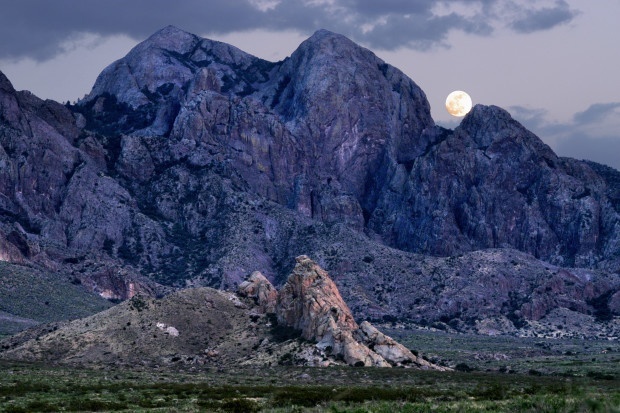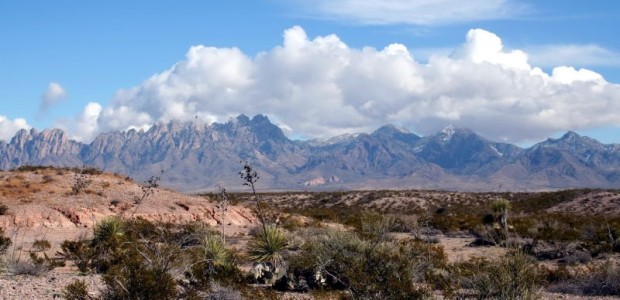We have much more to do and your continued support is needed now more than ever.
Organ Mountains-Desert Peaks National Monument: Established From the Grassroots Up

New Mexico lawmakers, including Sens. Tom Udall and Martin Heinrich, have introduced legislation to do that, but the bills haven’t made it through the congressional hurdles. Similar proposals, including a bill to designate southern Colorado’s Browns Canyon a national monument, are languishing, too. So, President Barack Obama has done what presidents from both parties have done since 1906: He has responded to overwhelming public support for conserving important natural and historic treasures by using the Antiquities Act to do what Congress has not. His proclamation issued Wednesday covers nearly a half-million acres in southern New Mexico, encompassing the quartz spires of the Organ Mountains, volcanic cliffs, box canyons, grasslands, the Robledo, Portillo and Sierra de Las Uvas mountains.
A Natural, Historic Gem
The area is full of history: ancient rock carvings, historic ranching sites and trails and archaeological evidence of human habitation and use of the area dating 8,000 to 12,000 years ago. It’s home to a diverse array of wildlife, including mountain lions, mule deer, golden eagles, peregrine falcons, owls, pronghorns, bobcats and such rare plants as the Organ Mountain Pincushion Cactus. The designation as a monument will protect critical wildlife habitat and rare examples of Chihuahuan Desert Grasslands.
“The designation of the Organ Mountains-Desert Peaks as a National Monument is a great historic action by President Obama. It preserves this iconic area for future generations and allows continued traditional uses of the land, helping maintain the local economy and wildlife habitat,” said Kent Salazar, an Albuquerque, N.M., resident and member of the National Wildlife Federation Board of Directors.
The Organ Mountains-Desert Peaks area is a vital part of the economy, generating revenue from the recreation, tourism and hunting it supports. A 2013 independent economic report estimated that making the area a national monument will boost the economic benefits by $7.4 million to $17.6 million annually. “This designation is a long time coming and we are excited that Dona Ana County is finally going to be able to reap the economic benefits of the Organ Mountains-Desert Peaks National Monument. I applaud President Obama for doing the right thing by making the public lands and the people of southern New Mexico a priority,” said Carrie Hamblen, Las Cruces Green Chamber of Commerce executive director.

“Our obligation to future generations compels us to pass down a legacy of natural resource conservation that preserves cultural traditions and the defining features of America’s most beautiful places. The Organ Mountains-Desert Peaks is a shining illustration of how collaboration and local leadership can yield meaningful outcomes for public lands stewardship.”

Help Protect Public Lands
![]() Tell Congress to stop targeting our public lands: sign the petition!
Tell Congress to stop targeting our public lands: sign the petition!





















